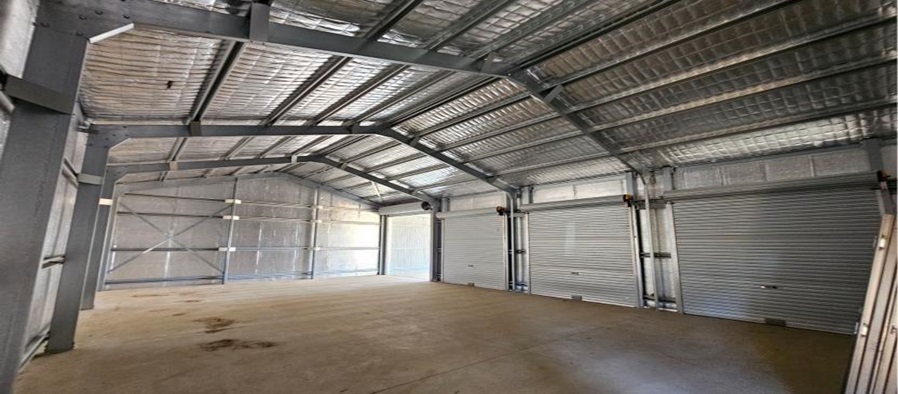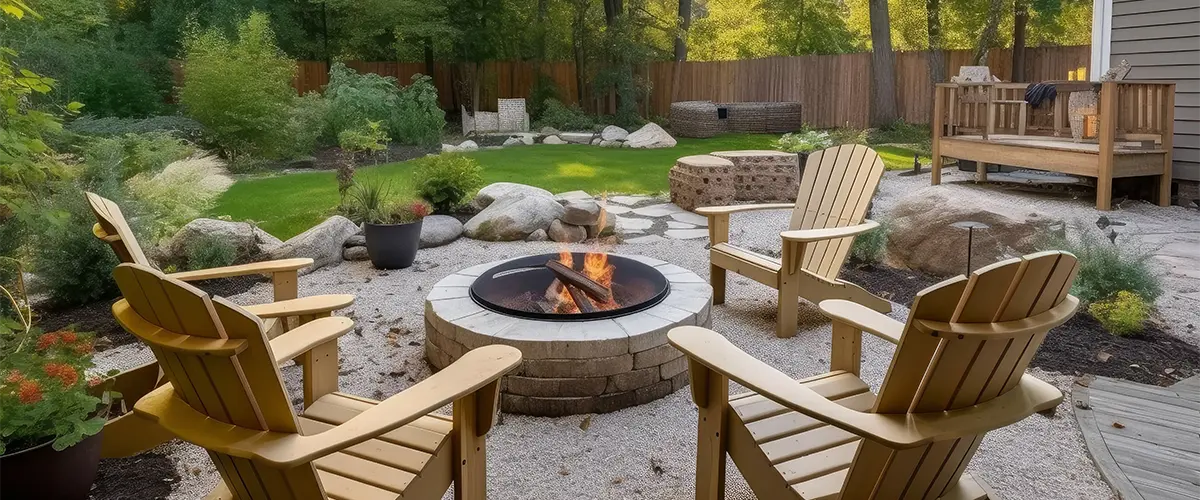A home is much more than just four walls and a roof. It’s a sanctuary, a place where we relax, recharge, and find refuge from the hustle of everyday life. And one of the most effective ways to enhance the atmosphere of your home is through the introduction of flowers and a thoughtfully curated garden. Flowers and plants bring nature indoors, creating an environment that feels vibrant, welcoming, and alive. Not only do they beautify your space, but they can also offer numerous psychological and health benefits. Whether you’re looking to create a relaxing retreat, add a touch of elegance, or simply improve the air quality in your home, flowers and a garden can help achieve all of this and more. In this article, we’ll explore how you can improve your home with flowers and garden spaces—both inside and out.
1. Transform Your Home with Floral Arrangements
Flowers have a unique ability to transform a room with their colors, shapes, and textures. A well-chosen floral arrangement can elevate any space, making it feel fresh, inviting, and sophisticated. Whether you’re adding a burst of color to your living room, softening the look of your bedroom, or creating a charming focal point in the kitchen, flowers can do wonders for any room in the house.
Choosing the Right Flowers for Each Room
When selecting flowers for your home, it’s important to consider the overall style of the room. For instance, fresh roses, peonies, or lilies—elegant and timeless flowers—work beautifully in formal living rooms or dining rooms. Their large, romantic blooms create an air of sophistication. On the other hand, flowers like sunflowers or daisies, with their cheerful and bright appearance, are ideal for informal spaces such as kitchens or reading nooks, where you want to add warmth and energy.
You should also think about the color palette of your home when selecting flowers. Soft pastels such as lavender, pale pink, or white complement minimalist or neutral interiors, adding subtle beauty without overwhelming the space. Bold, vibrant flowers like red tulips, purple orchids, or orange marigolds, however, can infuse energy into a room and create a striking contrast against neutral backgrounds.
Vases and Containers as Part of the Design
The choice of vase or container can elevate your floral arrangements even further. A classic glass vase suits almost any flower and room style, but don’t be afraid to experiment with more unique or personal choices. A rustic terracotta pot, an elegant crystal vessel, or even a repurposed wine bottle can make your flowers stand out and contribute to the overall aesthetic. Flower arrangements are not only about the flowers themselves, but also about how they interact with the containers and the space they occupy.
2. Indoor Gardens for a Green, Inviting Atmosphere
If you’re looking to take your floral experience a step further, why not create a small indoor garden? Having plants in your home not only adds beauty but also improves the overall atmosphere of a room. Indoor gardening is becoming increasingly popular, and with good reason—houseplants and garden plants are easy to incorporate into any interior design and bring numerous benefits.
Creating a Herb Garden
One of the most functional and enjoyable types of indoor gardens is an herb garden. A collection of herbs such as basil, rosemary, thyme, and mint can thrive indoors with minimal care, especially if placed near a sunny window. These plants not only brighten up your space but also offer the practical benefit of providing fresh herbs for your cooking. Imagine plucking fresh basil leaves to add to a dish or using rosemary to season your favorite roast—it’s a sensory experience that elevates your meals and your living space.
For those with limited space, consider compact herb planters or small shelves dedicated to herbs. These can be placed on windowsills, countertops, or even mounted on the wall, offering greenery in unexpected places while remaining functional.
Creating a Succulent Garden
Succulent plants, with their unique textures and colors, are another wonderful way to bring the outdoors inside. These hardy plants require very little water and thrive in dry environments, making them perfect for beginners or those who don’t have a green thumb. Succulent gardens can be arranged in a decorative container or spread across a collection of smaller pots, providing a stylish and low-maintenance solution to indoor gardening. The variety of shapes and colors—from the soft greens of echeveria to the vibrant reds of aloe vera—adds visual interest and texture to any space.
Flowering Indoor Plants
If you’re more interested in flowers than foliage, consider incorporating indoor plants that bloom. Orchids are a popular choice for adding elegance and a touch of luxury to your home, while African violets, begonias, or kalanchoes can provide bright, cheerful blooms even in less-than-ideal lighting conditions. Indoor flowering plants can be placed in prominent spots like the living room or hallway to offer seasonal blooms that change throughout the year.
3. Create a Beautiful Outdoor Garden to Enhance Your Home
While indoor flowers and plants undoubtedly improve your home, the external spaces around your home can be just as important. A well-maintained garden creates a positive first impression and offers a serene space to relax and unwind. Whether you have a sprawling backyard, a modest patio, or a small balcony, there’s always potential to improve your outdoor space with flowers and plants.
Choosing the Right Flowers for Outdoor Spaces
When planning your outdoor garden, it’s essential to choose flowers that suit your local climate and the amount of sunlight your garden receives. For sunny gardens, vibrant flowers like petunias, marigolds, and geraniums are perfect, as they thrive in full sunlight and create a cheerful, welcoming atmosphere. For shaded areas, consider planting astilbes, hostas, or impatiens—flowers that thrive in low-light conditions while still adding color and texture to your garden.
You can also use flowers to define different areas of your garden. For instance, tall flowers such as sunflowers, hollyhocks, or delphiniums can create a beautiful backdrop for shorter plants like pansies, lobelias, or snapdragons. Using flowers of varying heights and textures not only adds depth to your garden but also creates a visually appealing landscape that changes throughout the seasons.
Incorporating Functional Plants in Your Garden
Beyond their beauty, plants can serve many practical purposes in your garden. Consider incorporating fragrant herbs, like lavender, mint, or thyme, along the edges of your flower beds. Not only will these herbs add lovely aromas, but they can also deter unwanted pests. Fruit-bearing plants like tomatoes, strawberries, or peppers can be integrated into your garden for both beauty and functionality. Raised garden beds are another great way to maximize space and grow fresh, home-grown produce.
Creating Outdoor Gathering Spaces
Your outdoor garden can also serve as a space for relaxation and socialization. Adding comfortable seating, such as a wooden bench, a hammock, or outdoor dining furniture, can transform your garden into an oasis. Arrange flowers and plants around these seating areas to create a cozy, intimate setting. Consider creating a focal point in the garden with a flower arch or trellis covered in climbing roses or wisteria. The addition of flowers and greenery around seating areas invites visitors to linger, fostering connection and conversation in a beautiful, serene setting.
4. The Psychological Benefits of Flowers and Gardens
The presence of flowers and plants in your home doesn’t just improve the visual appeal of your space—it also positively impacts your well-being. Studies have shown that flowers and greenery can reduce stress, increase productivity, and promote feelings of happiness and relaxation. The simple act of caring for plants can also bring a sense of accomplishment and peace, enhancing your overall mental and emotional health.
Whether inside or outside, flowers and gardens create a natural connection to the outdoors, helping you feel grounded and in tune with nature. The calming effect of greenery has been well-documented, making gardens and flowers essential elements of a home that nurtures both body and mind.
Conclusion
Improving your home with flowers and gardens is not only a way to enhance its aesthetic appeal but also an investment in your overall well-being. From the vibrant blooms of your living room to the serene tranquility of your backyard garden, flowers and plants breathe life into your home, creating a space that feels welcoming, balanced, and beautiful. Whether you are cultivating an indoor herb garden, arranging fresh flowers in a vase, or tending to a colorful outdoor garden, these elements can transform your home into a sanctuary that nourishes your mind, body, and soul. With thoughtful planning and care, flowers and gardens can become an integral part of your home, offering beauty, function, and joy for years to come.




